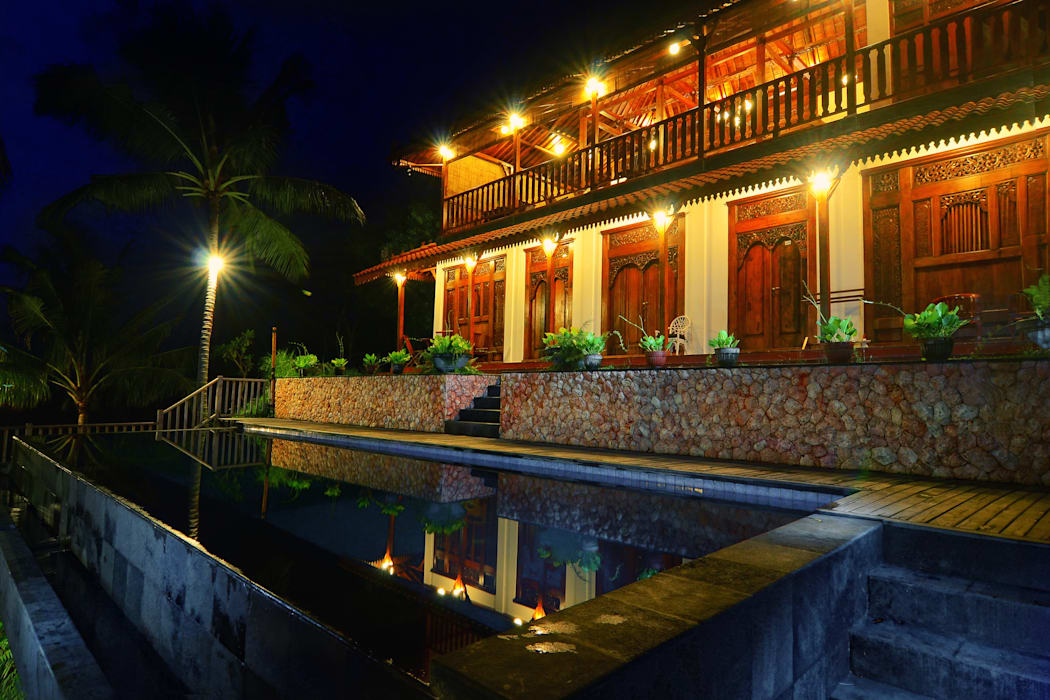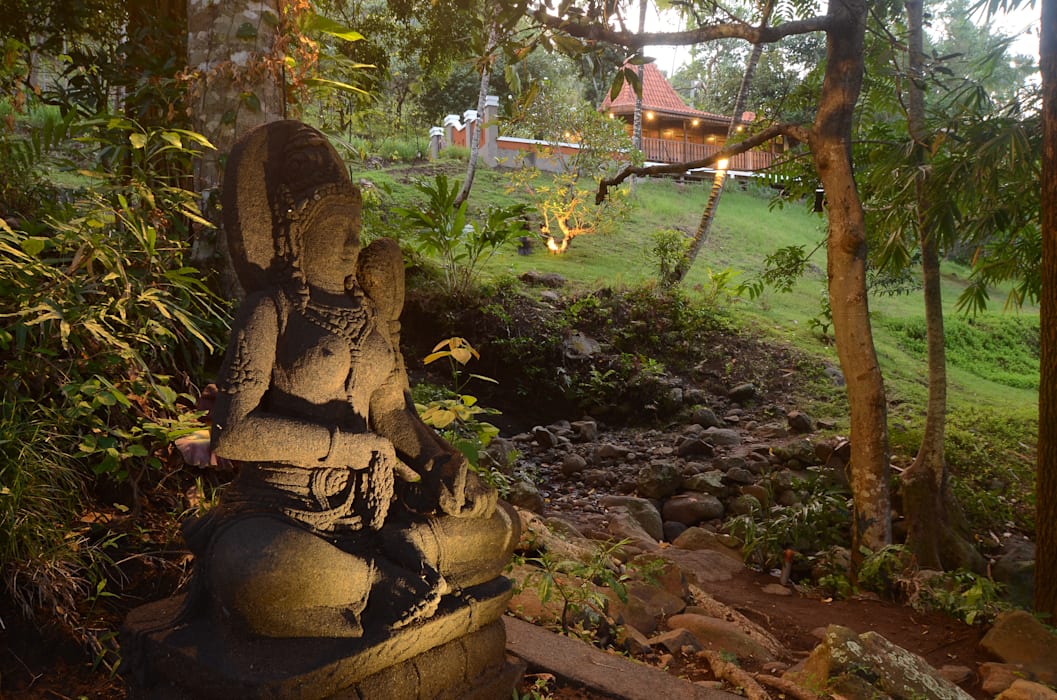
What is it about islands? About islanders?
Is it something to do with having clearly defined boundaries, a sense of being held in the embrace of a cold sea, self-contained, isolated, far from the centres of power, from the smoky conurbations of the world; is it this that creates resilience, that gives us such a strong community, such a powerful sense of home, such a powerful identity?
My life has been defined by that identity.
Quick to dismiss us and our islands as backward, lacking the sophistication of the big cities on the mainland, the movers and shakers of the world, the “influencers”, like to poke fun at us. Islanders across the world are accustomed to jibes about our insular communities, about the conservatism and nepotism of our institutions, about our slow speech and our two heads.
What the others don’t know – but may be beginning to realise – is that we have something they don’t. Something they have lost. All those years of isolation, of distance from the mainstream, have preserved a unique environment, built and natural. While the big cities and urban sprawls of the world trashed their heritage, ours remained intact. And many of our island communities have preserved an older culture, a better way of living. While the residents of busier places rush to embrace every new fad, while they race from one appointment to the next, making money, making connections, making a name for themselves, here in our island homes our lives move at a slower pace. We sometimes take it for granted, but we know how precious it is; that time to enjoy the sunshine, to sip on a glass of chilled local wine or a fine beer, to tell stories, to walk on an empty beach, to hang out with friends and family.
In short, the time to enjoy life.
. . .
My own life is told in two chapters. On two islands. The first 30 years were spent in Tasmania. The second 30 years in Indonesia. My island home in Indonesia is Lombok. Located just to the east of Bali, washed by the warm waters of the Indian Ocean, Lombok is my Indonesian Tasmania. And it is there that I have made a home.
My Lombok home, The Studio, is more than a house, more than a place to live. It is a piece of art, a unique architectural statement, a work of the heart. It is the expression of everything I have come to value. And it is something to share. Situated in a cosy nook on the green coastal hills of West Lombok, near the tourist town of Senggigi, The Studio consists of three dwellings set in a one-hectare natural garden cut through with a seasonal creek. Shaded by huge tropical trees, the villas are constructed from recycled teak sourced from Java. Open-to-sky bathrooms, passive cooling and traditional unglazed windows contribute to the environmental ethos of The Studio. Antique carved panels, Javanese furnishings, an eclectic art collection that includes Tasmanian and Indonesian works, a vast library collection – and a sprawling garden that is both aesthetic and productive, complete with a permaculture approach to farming chickens, fish, fruit, and veggies – The Studio is thoroughly Indonesian, a reflection of my wife’s Javanese heritage, while at the same time steeped in my own Tasmanian sensibilities.
. . .
Life at The Studio, in Lombok, is slow. It is an island life. In the mornings, before the tropical haze softens the sky and the heat of the day takes over, the view across Lombok Strait, across the Wallace Line, takes in Bali’s sacred Mount Agung, its volcanic cone glowing in the early light. In the foreground, Senggigi’s legendary surf break curls into the bay, and turquoise blue waves crash into the black rocks below the little Balinese temple at Batu Bolong. A scent of frangipani floats on the warm, moist air. The odd lazy butterfly flaps past, little birds play in the palms, the occasional monkey peers from the forest, and catfish rise in the dams. Life is sweet.
But, throughout those Indonesian years, I have always kept one foot firmly on the ground in Tasmania. Ten years ago, I acquired the little house in Hobart on the corner of Hampden Road and Waterloo Crescent known as Fusilier Cottage. I have loved the cottage since I was boy. A few doors from where I was born in the Queen Alexandra Hospital, opposite the Jackman and McRoss bakery and on the “In Bobby’s Footsteps” curated Battery Point walk, Fusilier Cottage is a landmark, much photographed by tourists, much admired by locals. Built with convict labour in 1838 by Angus McLeod, the cottage has been many things over many years: a family home, a music studio, a medical clinic, a real estate agency, and an antique shop. Now it serves as my Tasmanian home and, in the front rooms, as a florist.
Like The Studio in Lombok, Fusilier Cottage also welcomes guests as a bed-and-breakfast accommodation. And, like The Studio, it makes a unique architectural statement. In 2016, my wife and I commissioned local architect, Bence-Mulcahy, to design a contemporary extension, and my brother’s firm, Thylacine Constructions, to build it. In the brief, we explained that we wanted a beautifully detailed contemporary building, something which could make a statement, while complementing and “fitting in” to the historic Battery Point context and the Hampden Road streetscape. While contemporary, the design was to make reference to a Tasmanian vernacular. It should feel like it belongs. This was to be achieved in various ways, including choice of materials. The design incorporated bluestone flooring to complement the sandstone and dolerite in the old cottage. Wooden screens were crafted from timber rescued from the floor of Lake Murchison on Tasmania’s remote west coast, where it had been submerged for forty years.
Like the musician, Angus McLeod, we wanted to combine business and family under the one roof. We wanted to be able to rent the front rooms commercially and use the residence at the rear for a home-cum-holiday-rental, with facility for small events in the garden and living space. We wanted to be able to divide our time between our two island homes, Lombok and Tasmania. And we wanted to be able to share our two island homes with guests. But most of all we wanted to honour the history while creating a modern space for living.
What kept me awake at night was thinking about how the locals might react. Would the Battery Point community see the modern extension as an unwelcome intrusion on the historic streetscape? Imagine my relief when a member of the Community Association told me with a smile that we had added another hundred years to the life of the old cottage.
What I didn’t anticipate was the response of the architectural community.

In June 2022, Bence-Mulcahy picked up two Tasmanian architecture awards for Fusilier Cottage, one for heritage architecture and one for residential architecture – house alterations and additions. The architect then went on to win a people’s choice award. Not long after this, the cottage was recognised with two national awards. Fusilier Cottage won the heritage category of the Houses magazine awards. But the big prize for the young architects – and for Fusilier Cottage – was for residential architecture at the Australian Institute of Architects National Award night in November 2022.
As the judges said in their citation: “Hobart’s Battery Point is full of charm and the 1830s Georgian bluestone cottage opposite a rather good bakery on Hampden Road has had an enduring connection to the community … The new addition by Bence-Mulcahy is a glorious exercise in restraint and understanding of this heritage building in relation to the streetscape. The new timber pavilion sits exquisitely in the garden, with large sliding doors that enable the occupants to either embrace the crisp Hobart air or retreat to the warmth and privacy behind the timber screening … With a light touch that is indicative of the inspired current trajectory of Tasmanian architecture, Fusilier Cottage presents as a thoughtful and delightful gift to those seduced by the romance of Battery Point. Come for sausage roll and stay for the architecture.”
. . .
So, while we islanders continue to enjoy our quiet island lives, increasingly we like to share the experience with those less fortunate mainlanders. The Studio in Lombok and Fusilier Cottage in Tasmania, two chapters in my life, two islands, two homes, two architectural treasures, and two opportunities for visitors to step out of their busy lives, to take a few deep breaths, to slow down a little – and perhaps begin to appreciate a way of living that we take for granted.
Islands. The way life is meant to be.
Born in Tasmania, Australia, in 1957, Mark Heyward has spent the past 30 years living, travelling and working in Indonesia. He now divides his time between Lombok and Tasmania. Mark’s first book, Crazy Little Heaven: An Indonesian Journey, was widely praised in the media in Indonesia and Australia. It can be bought here. His second book, The Glass Islands, a year in Lombok, is due for release in September 2023. Read more about Mark’s two island homes at www.thestudiolombok.com and www.fusiliercottage.com.















